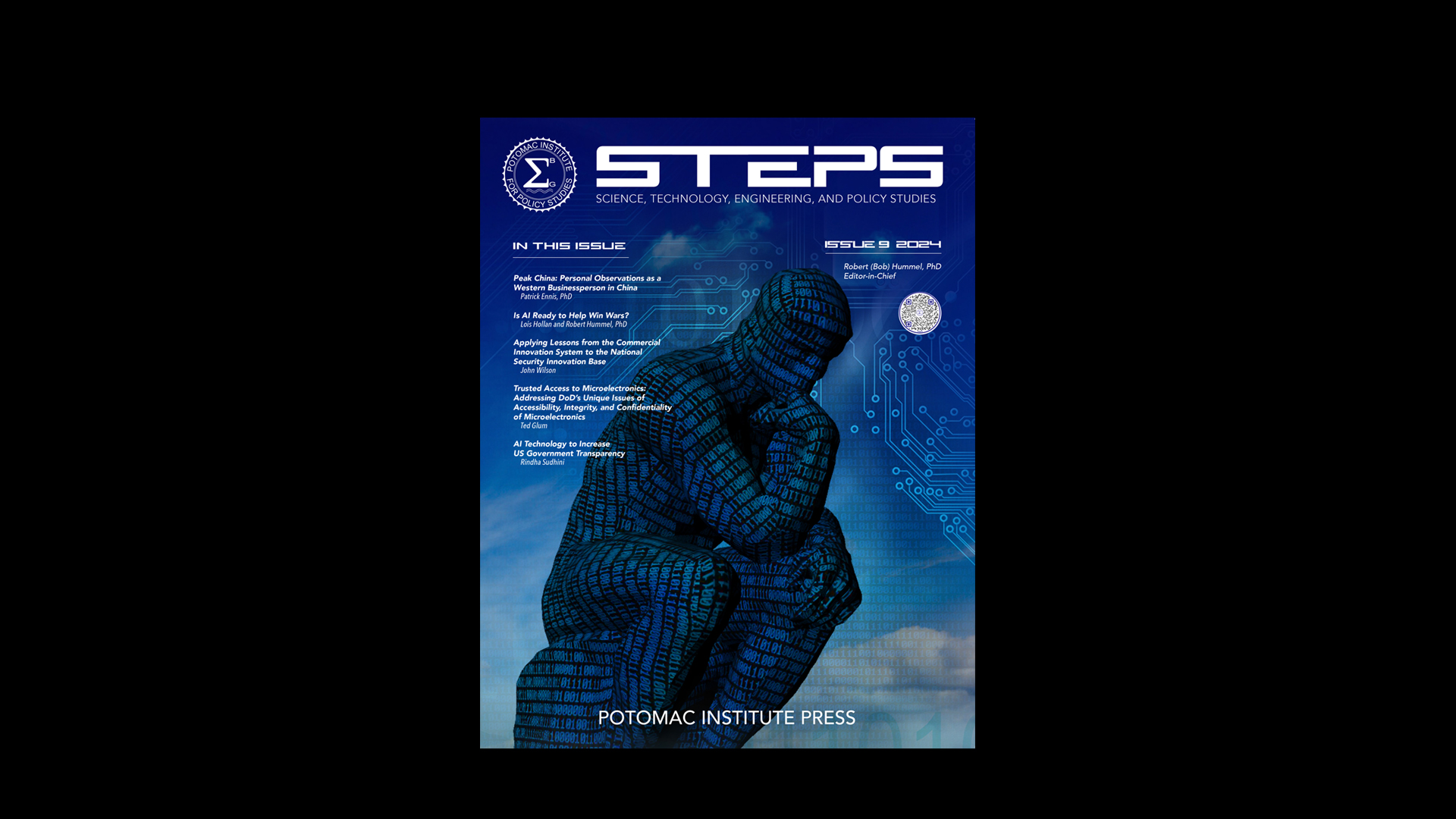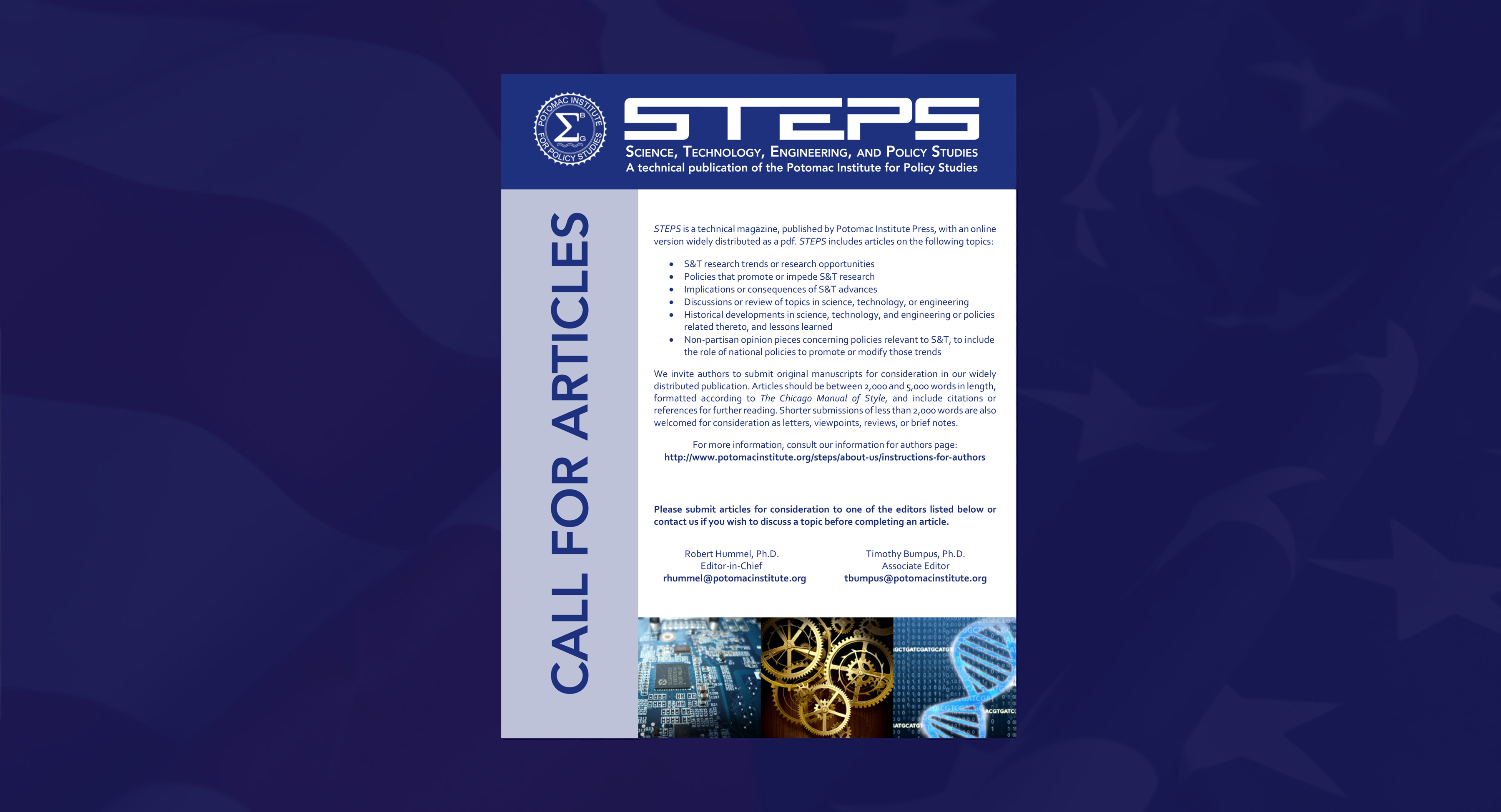POINT
Today, mass shootings are an all too common occurrence. Sometimes, such as in the case of Sandy Hook or Aurora, these shootings cause a massive public outcry and response because of the shooter’s actions. Other times, the response appears almost nonexistent, i.e. the recent shooting at the Navy Yard. More people died during the recent Navy Yard shooting than during the Boston bombing and the response was muted at best. When is enough enough? What does it take for society and government to change our ways?
Public response to mass shooting events has been mixed, leaving many to throw up their arms and express frustration in changing what appears to be a perennially broken system. However, something has got to give. In all of the most recent lone-wolf mass shootings, information has emerged post-mortem that has indicated that the shooter likely had a severe mental illness. Often, the perpetrators have fallen through the cracks in the mental health system. Aaron Alexis, the Navy Yard shooter, displayed symptoms of paranoid schizophrenia and Jared Lee Loughner (Tucson, AZ) was diagnosed with the same disorder. Seung-Hui Cho (Virginia Tech shooting) was diagnosed with severe anxiety disorder. James Holmes saw three mental health professionals prior to his debut and is pleading insanity in court. These show a trend of untreated mental health cases that led to violent behavior harming innocent US citizens. To reduce the likelihood of mass shooting events occurring in the future, information about a person who poses a risk of committing these acts could be made available to authorities, security clearance officials, gun dealers, and select others with the potential to prevent harmful actions. Increased funding should also be given to neuroscience so that actions and mental health conditions are better understood.
If authorities and gun dealers accessed the already public information, they might have prevented the Navy Yard and other mass shootings. Currently, work is being performed within the Veterans Administration to determine, based on electronic medical records, if a patient is a suicide risk. Researchers employ natural language processing to scan electronic medical records by focusing on previous attempts to determine if patients are suicide risks. It has been shown that previous suicide attempts are most strongly correlated to future suicide risk. By scanning medical records with search engine technology, researchers have been able to determine (to about 80 percent accuracy) those who go on to commit suicide and are working to include other risk factors to further refine the algorithm. If intelligent analytics could be applied to those at risk for carrying out mass shootings, it could greatly improve the safety of all Americans. Unfortunately, most of the current safeguarding analytics are outdated and much more efficient at catching cold-war spies than determining the likelihood of someone who may be a danger to society.
The information available to authorities, gun dealers, etc. should be multifaceted and cover many aspects of the mental health, criminal, and neuroscience puzzle. It should combine records including arrest, criminal and mental health records, weapons purchases, and access to dangerous chemicals/compounds. While this may seem excessive, the information gathered (except mental health records) is all public information. It may be useful for authorities to obtain a full history of public information and mental health information on individuals who may prove to be a danger to themselves and others. This could lead to better decisions being made in relation to individuals that may be a danger to themselves or others. If the Rhode Island authorities had access to Aaron Alexis’ complete records, they might have been able to justify, under Rhode Island law, placing him under a 24-hour psychiatric hold. If information on criminal records and mental health (in)stability was accessible to gun dealers, a history of mental health may have precluded Mr. Alexis from purchasing a gun in such short time. This in turn would have triggered more of a response from his employer and the Navy, and may have prevented the mass shooting. It is a matter of public safety to delay the purchase of a weapon, not an infringement on his rights.
In the case of James Holmes, the psychiatrist in charge of his care was concerned about his behavior and reported it to the campus police. This report was not followed up. Certain notes and reports submitted by mental health providers on a certain patient could put authorities on notice. These notes could, in turn, warrant a response. The mental health system failed Mr. Holmes and in turn failed society. If this data had been accessible to gun dealers, it would not have prevented James Holmes from buying all of the weapons used in the Aurora shooting but would have likely reduced the number and brought him to the attention of the authorities before the shooting occurred, potentially saving the lives of 12 people. Had Mr. Holmes received mental health treatment prior to leaving school, it could have prevented this event.
It is important to remember that it isn’t just adults that have these tendencies. The recent shooting at a middle school in Sparks, Nevada and another shooting over a decade ago in Columbine, Colorado were committed by minors. This should remind us of the importance of teaching children the dangers associated with these weapons and keeping them properly stored when children are in the home. While children should be allowed, with their parents permission, to shoot guns at firing ranges and in other appropriate settings (such as skeet or trap shooting or hunting) access of children to firearms should be very limited. In addition, this is an opportunity to think about the mental health status of our children and how our health care system can better serve them.
The information available to authorities, security clearance officials, and gun dealers may raise flags during background checks on an individual before security clearances are granted or when weapons are purchased. While this flag should not preclude people from conducting these activities, it should serve to make sure that people are receiving the care that they need and are not a threat to themselves or others before conducting activities within the public trust or being allowed to legally purchase a weapon. This may work to not only prevent mass shootings, but may also reduce the number of gun suicides.
More funding for mental health and neuroscience research will help refine the information on mental health conditions to better understand those who are truly likely to offend. By understanding the symptoms and related biology that leads to mass shootings, better prediction and increased prevention is possible. Predictive analytics have allowed us to determine those who are at risk for suicide and may also be able to help us identify lone-wolves that endanger the lives of others, reducing the number of mass casualty events and leading to a safer environment for all Americans. The data referred to in this post is collected but not shared across professions towards a common goal. We have the capability to prevent many of these incidences. The question becomes, should we do it?
COUNTER-POINT
It’s unclear if the number of mass shootings is increasing or not. What is certain is both the public outrage and the call for trying to prevent these heinous crimes. What can we do to prevent or predict these violent acts? Often these questions are answered with the suggestion that we need to increase the availability of personal records of individuals suffering from mental illness. For example, if a person suffers from mental illness and suggests that they will commit violent acts then the records of the mental health professional documenting the case should be available to law enforcement authorities. However, currently mental health professionals often report such threats of violence to the authorities yet these acts of violence are not prevented. This occurred in the case of Alexis, the Navy Yard shooter, and James Holmes, the movie theater shooting in Colorado. This suggests that the degree of sharing among mental health professionals and law enforcement ought to be more rigorous and systematic.
Although broad availability of mental health records seems like a practical solution it does not recognize the need to maintain our longstanding civil liberties. The privacy of mental health records, and health records in general, is explicitly protected under federal law, Health Insurance Portability and Accountability Act, more commonly known as HIPAA. Who among us would willfully allow our health records to be exported into a database free to the prying eyes of countless bureaucrats, analysts and other interlopers? As horrible as the recent shootings are, they still remain a statistically rare event, so while we’re at it, shouldn’t we take those health records and do something more with the data to impact many more lives as well as cost to society? For example, there are millions of people living with type 2 diabetes, a leading cause of heart disease, stroke and indeed death, and many millions more at risk. It’s estimated that someone diagnosed with type 2 diabetes between the ages of 25 and 44 will likely incur costs of $124,700 over their lifetime. With such a database and analytics, it would be easy to find out those both afflicted and at risk, and dictate that mandatory exercise, diet and weight loss regimes be put in place and, if not adhered to, enforced, saving billions of dollars a year and many lives in the process. Do the ends justify the means? Unlike mass shooters, diabetics are common.
Which gets to the question debated since this country’s founding: What are the costs and ramifications of living in a free and open society? Indeed, the issue is not and should not be finding mentally ill people. The issue is civil liberties in an age when governments and industries are rapidly developing technologies that can and are being used to profile and track us, and identify individuals and their unique behaviors. What rights to privacy, anonymity, and freedom of thought and deed do we still have? All our purchases, attendance at events, movements on highways, trains, planes, and even buses are monitored and shared in databases with limited legal or technical protection. Yes, we give companies permission to collect this meta-data, but did we give them permission to share it with governments and or other companies? That is happening today. Just look at the NSA 702 and PRISM programs. Vast databases of meta-data that detailed the calling habits of millions of Americans were shared with a secret federal agency and used to profile, find, and track terrorists.
The reason given for that use of data had noble intent: finding and catching terrorists. Shall we now go and sanction this activity even further? To what degree do we forfeit our freedom for safety (theoretical or otherwise)? Now an argument is being put forth to try and use this technology in some sort of predictive policing scheme. What will be the next reason given after that for searching through the meta-data that details the behaviors and habits of Americans? Will it be something as simple as finding all those who would support a political party in opposition to the one in power, so that they can be targeted, marginalized, or sidetracked?
The new “big data” capabilities that companies like Amazon, Google, and Safeway find so useful in "enhancing the customers experience" and their bottom-line, can become "big-brother" frightening when used by a government without strict control. But there is at least one thing we can agree on: the state of our understanding of mental illness is poor, and our therapeutic options are limited. Let’s agree to advance that cause, and keep our liberties instead.

















